Landlord Warranties in Commercial Leases
Landlord warranties can be an important element in commercial lease agreements, providing tenants with assurances regarding the condition and functionality of the leased premises. These warranties help establish clear expectations and responsibilities for both landlords and tenants, particularly concerning the maintenance and repair of building systems. This article explores what landlord warranties are and discusses important considerations when negotiating these provisions in a commercial lease.
What Is a Landlord Warranty?
As a general matter, a commercial tenant takes the leased premises in its as-is condition. A landlord warranty is a limited promise made by the landlord that certain aspects of the leased premises will meet specific standards or conditions during a specified time. These warranties often relate to the physical condition and operational status of key building systems, such as plumbing, electrical, heating, ventilation, and air conditioning (HVAC). The warranty may also cover structural elements of the building or specific aspects of the leased space.
The purpose of a landlord warranty is to provide the tenant with confidence that the premises will be in good working order at the beginning of occupancy and for a specified period thereafter. If a defect or issue covered by the warranty arises during the warranty period, the landlord is generally obligated to repair or replace the defective item at their own expense. After the expiration of the warranty period, the responsibility for such repairs or replacements typically shifts back to the tenant, subject to the terms and conditions of the appliable lease.
Key Considerations in Negotiating a Landlord Warranty
When negotiating landlord warranties in commercial leases, several key considerations must be addressed to ensure that both parties understand their rights and obligations. These considerations include the scope and duration of the warranty, the specific elements covered, and the allocation of costs and responsibilities for repairs.
1. Scope and Specificity of the Warranty
The scope of the landlord warranty should be clearly defined in the lease agreement, specifying exactly what elements of the building are covered. This clarity helps prevent disputes and ensures that both parties have a mutual understanding of the landlord’s obligations.
Considerations:
– Building Systems: Landlord warranties often cover critical building systems, such as plumbing, electrical, and HVAC. The lease should clearly identify these systems and outline the standards they must meet at the time of lease commencement.
– Structural Elements: In some cases, warranties may also include structural elements of the building, such as the roof, foundation, or walls. This inclusion is particularly important if these components are integral to the tenant’s business operations.
– Exclusions and Limitations: The lease should specify any exclusions or limitations to the warranty, such as damage caused by the tenant’s use or negligence, or normal wear and tear. This specification helps delineate the landlord’s responsibilities from those of the tenant.
2. Duration of the Warranty Period
The warranty period is the time frame during which the landlord guarantees the condition of the specified elements. This period typically begins on the lease commencement date and lasts for a defined duration, such as ninety days or six months.
Considerations:
– Length of the Warranty Period: The appropriate length of the warranty period can vary depending on factors such as the age and condition of the building systems and the nature of the tenant’s use. Tenants should negotiate a warranty period that provides adequate protection, while landlords may seek to limit the duration to manage their risk exposure.
– Addressing Seasonality: In certain situations it may make sense to have a different period apply to different building components. If a building component covered by the warranty is only used seasonally, such as an air conditioner or heating equipment, the warranty period may need to be extended to include the initial period during which such equipment is likely to be used.
3. Responsibilities for Repair and Replacement
The lease agreement should outline the process and responsibilities for addressing defects or issues covered by the landlord warranty. This section is critical for determining how repairs or replacements will be handled and who will bear the associated costs.
Considerations:
– Repair or Replacement Obligations: During the warranty period, the landlord is generally responsible for repairing or replacing defective items at their own cost. The lease should specify the procedure for notifying the landlord of issues and the timeline for addressing them.
– Post-Warranty Responsibilities: After the expiration of the warranty period, the responsibility for repairs and maintenance typically shifts to the tenant, unless otherwise specified in the lease. Tenants should be aware of this transition and budget for potential future costs.
4. Additional Considerations
– Verification and Documentation: Tenants may request verification of the condition of building systems prior to taking possession, such as through inspection reports or service records. This documentation can serve as a baseline for determining the condition of warranted elements at the start of the lease.
– Third-Party Warranties: In some cases, the landlord may pass through third-party warranties, such as those from manufacturers or contractors, to the tenant. These warranties can provide additional coverage and protection beyond the landlord’s own warranty. The lease should specify how these third-party warranties will be managed and enforced.
Conclusion
Landlord warranties can be an important component of commercial lease agreements, offering tenants assurance that the premises will be delivered in a satisfactory condition. By clearly defining the scope, duration, and responsibilities associated with the warranty, both landlords and tenants can avoid misunderstandings and disputes.
Key considerations include specifying the covered building systems and structural elements, setting an appropriate warranty period, and outlining the procedures for addressing defects. Additionally, considerations such as verification, documentation, and third-party warranties can further protect both parties’ interests.
Careful negotiation and clear drafting of landlord warranty provisions help ensure a smooth leasing experience, providing tenants with the confidence to invest in their leased space while managing the landlord’s risk and responsibilities.



